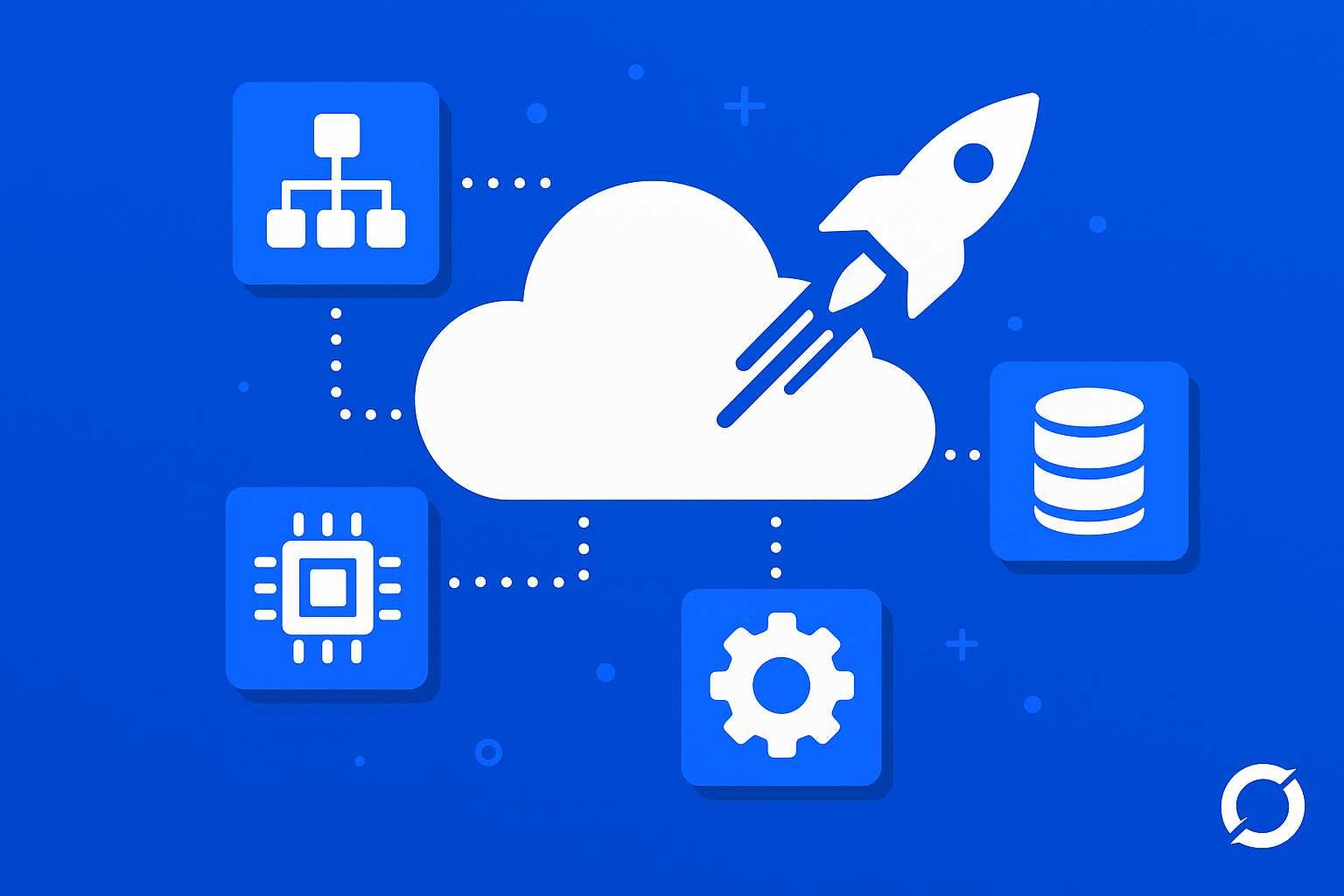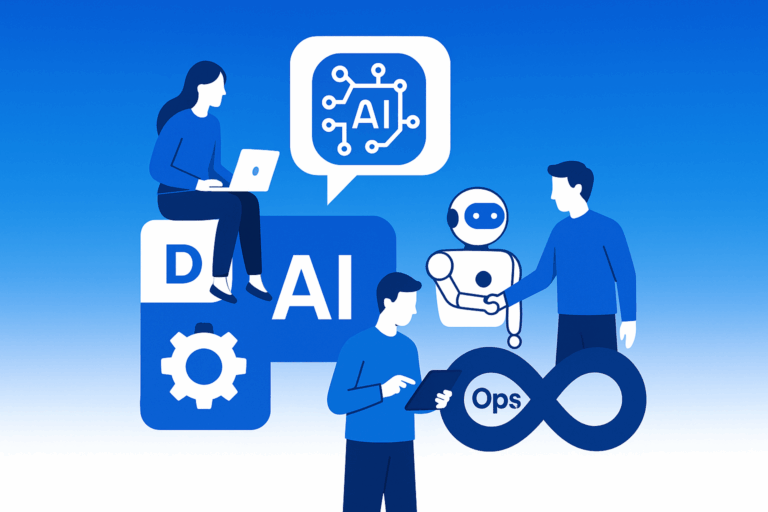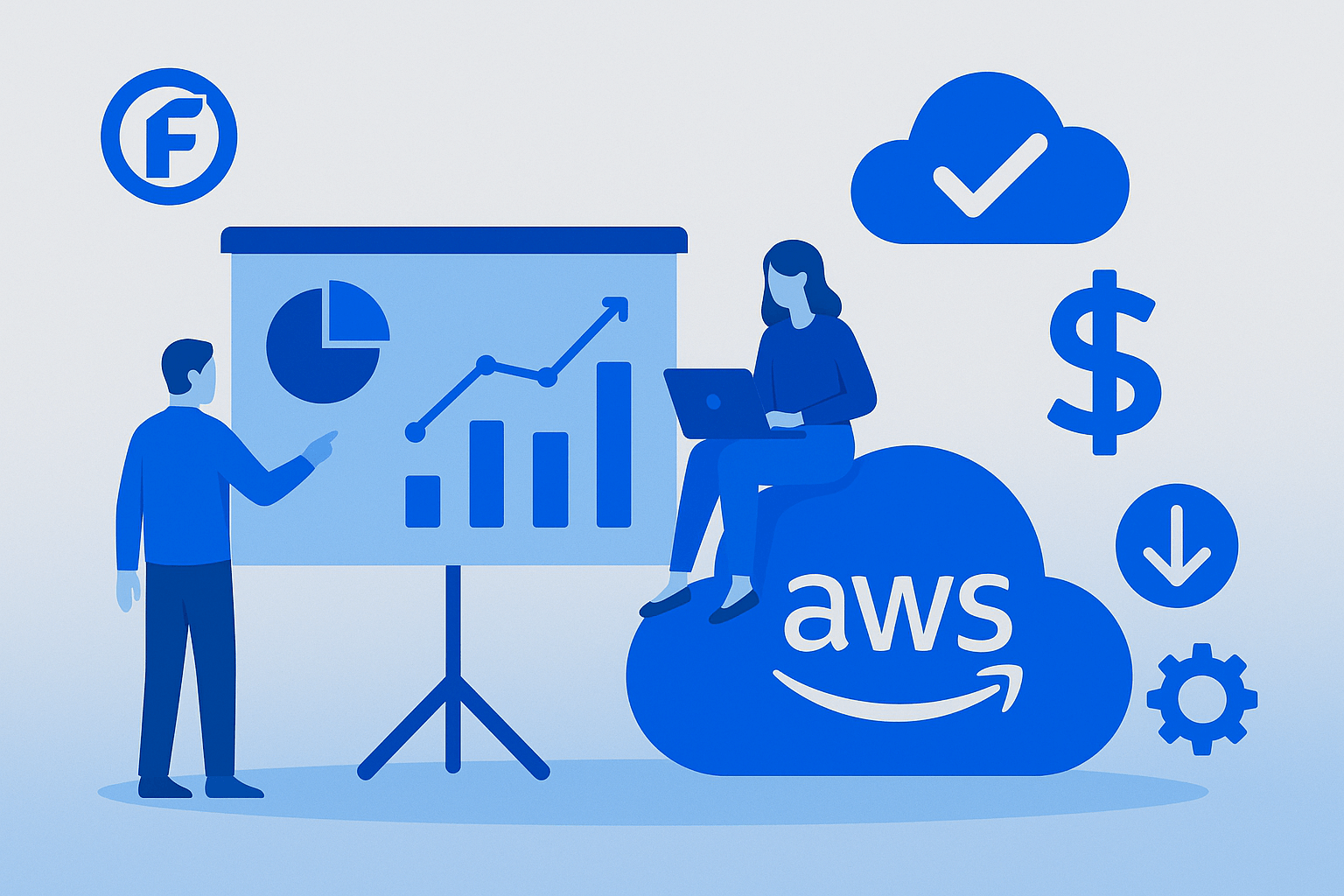Microservices Architecture DevOps Engineers

The Ultimate Guide to Scalable Cloud Solutions for DevOps Engineers 🚀
Introduction: Why Microservices Architecture is Revolutionizing Modern Software Development
Are you tired of monolithic applications that break everything when you make a single change? 🤔
Welcome to the world of microservices architecture – the game-changing approach that’s transforming how DevOps Engineers and software development companies build, deploy, and scale applications in the cloud.
In today’s rapidly evolving digital landscape, traditional monolithic architectures simply can’t keep pace. Whether you’re managing AWS Cloud infrastructure, optimizing Azure Cloud deployments, or implementing Terraform for infrastructure as code, microservices have become the backbone of modern Cloud Technology solutions.
This comprehensive guide will take you on a journey through the intricate world of microservices architecture. We’ll explore how this revolutionary approach integrates seamlessly with DevOps practices, enhances Cyber Security protocols, and optimizes Cloud Technology implementations.
What You’ll Discover in This Guide
For IT Professionals and Business Leaders:
- 5 real-world microservices implementation examples
- Comprehensive troubleshooting guide for common issues
- Expert insights on cloud optimization strategies
- Security best practices for distributed systems
Technical Deep-Dive Includes:
- Hands-on code examples and architectural diagrams
- Step-by-step implementation guides
- Performance optimization techniques
- Integration with popular cloud platforms

Detailed Blog Outline: Microservices Architecture Mastery
1. Understanding Microservices Architecture Fundamentals 🏗️
1.1 What Are Microservices?
- Definition and core principles
- Comparison with monolithic architecture
- Key characteristics of microservices
| Aspect | Monolithic | Microservices |
|--------|------------|---------------|
| Deployment | Single unit | Independent services |
| Scaling | Vertical | Horizontal |
| Technology Stack | Homogeneous | Heterogeneous |
| Development Team | Single team | Multiple teams |
| Failure Impact | System-wide | Service-specific |1.2 Benefits for DevOps Engineers
- Improved scalability and flexibility
- Enhanced fault tolerance
- Faster development cycles
- Technology diversity support
1.3 Integration with Cloud Technology
- AWS Cloud native services
- Azure Cloud microservices tools
- Multi-cloud strategies
2. Microservices and DevOps: A Perfect Match 🔄
2.1 CI/CD Pipeline Optimization
- Automated testing strategies
- Independent deployment processes
- Container orchestration
2.2 Infrastructure as Code with Terraform
# Example Terraform configuration for microservices
resource "aws_ecs_cluster" "microservices_cluster" {
name = "microservices-cluster"
setting {
name = "containerInsights"
value = "enabled"
}
}2.3 Monitoring and Observability
- Distributed tracing implementation
- Centralized logging strategies
- Performance metrics collection
3. Five Practical Microservices Implementation Examples 💡
Example 1: E-commerce Platform on AWS Cloud
Architecture Overview:
- Product Catalog Service
- User Management Service
- Payment Processing Service
- Order Management Service
- Notification Service
Technical Stack:
- AWS Lambda for serverless functions
- Amazon API Gateway for service communication
- Amazon RDS for data persistence
- Amazon SQS for message queuing
# Sample microservice code
from flask import Flask, jsonify
import boto3
app = Flask(__name__)
dynamodb = boto3.resource('dynamodb')
@app.route('/products/<product_id>')
def get_product(product_id):
table = dynamodb.Table('Products')
response = table.get_item(Key={'id': product_id})
return jsonify(response.get('Item', {}))Example 2: Banking System on Azure Cloud
Components:
- Account Management Service
- Transaction Processing Service
- Fraud Detection Service
- Reporting Service
Azure Services Used:
- Azure Container Instances
- Azure Service Bus
- Azure SQL Database
- Azure Key Vault for security
Example 3: Healthcare Management System
Cyber Security Focus:
- HIPAA compliance implementation
- Data encryption strategies
- API security protocols
- Access control mechanisms
Example 4: IoT Data Processing Platform
DevOps Integration:
- Real-time data streaming
- Edge computing implementation
- Automated scaling policies
- Performance monitoring
Example 5: Media Streaming Service
Cloud Technology Optimization:
- Content delivery networks
- Load balancing strategies
- Auto-scaling implementations
- Cost optimization techniques
Why choose Devolity
Unmatched Expertise in
Cloud and Cybersecurity
Devolity team of certified professionals brings decades of combined experience in managing complex cloud environments and defending against evolving cyber threats.
01
End-to-End Solutions for Every Business Need
DevOps with Cybersecurity Services: Hybrid/multi-cloud management, cost optimization, and DevOps integration with Risk assessments.
02
Customized Strategies, Not One-Size-Fits-All
We understand every business is unique. Devolity prioritizes collaboration, crafting bespoke solutions aligned with your industry, goals, and risk profile.
03
Proactive Protection with 24/7 Vigilance
Cyber threats never sleep—and neither do we. Devolity Security Operations Center (SOC) offers round-the-clock monitoring, rapid incident response.
4. Comprehensive Troubleshooting Guide 🔧
4.1 Common Issues and Solutions
| Issue | Symptoms | Solution | Prevention |
|---|---|---|---|
| Service Discovery Failures | Services can’t locate each other | Implement robust service registry | Use health checks |
| Data Consistency Problems | Inconsistent data across services | Implement eventual consistency | Use event sourcing |
| Network Latency | Poor performance | Optimize service communication | Use caching strategies |
| Security Vulnerabilities | Unauthorized access | Implement API gateways | Regular security audits |
4.2 Debugging Distributed Systems
- Log aggregation strategies
- Distributed tracing tools
- Performance profiling techniques
4.3 Performance Optimization
# Docker Compose example for local development
version: '3.8'
services:
user-service:
build: ./user-service
ports:
- "3001:3000"
environment:
- DB_HOST=postgres
- REDIS_URL=redis://redis:6379
product-service:
build: ./product-service
ports:
- "3002:3000"
depends_on:
- postgres5. Security Best Practices in Microservices 🔐
5.1 Cyber Security Fundamentals
- API authentication and authorization
- Network segmentation strategies
- Data encryption in transit and at rest
- Security scanning and monitoring
5.2 DevOps Security Integration
- Security as Code implementation
- Automated vulnerability scanning
- Compliance monitoring
- Incident response procedures
6. Cloud Platform Integration Strategies ☁️
6.1 AWS Cloud Implementation
- Amazon EKS for container orchestration
- AWS Lambda for serverless microservices
- Amazon CloudWatch for monitoring
- AWS IAM for access management
6.2 Azure Cloud Solutions
- Azure Kubernetes Service (AKS)
- Azure Functions for serverless computing
- Azure Monitor for observability
- Azure Active Directory for identity management
6.3 Multi-Cloud Strategies
- Terraform for cross-cloud deployment
- Consistent CI/CD pipelines
- Data synchronization strategies
- Cost optimization across providers
7. Advanced Topics and Future Trends 🚀
7.1 Serverless Microservices
- Function-as-a-Service (FaaS) implementation
- Event-driven architectures
- Cost optimization strategies
7.2 AI-Powered Microservices
- Machine learning model deployment
- Intelligent auto-scaling
- Predictive maintenance
7.3 Edge Computing Integration
- Distributed microservices deployment
- Latency optimization
- Offline capability implementation
8. How Devolity Optimizes Your Microservices Journey 🎯
Devolity Business Solutions specializes in transforming complex microservices architectures into streamlined, efficient systems that drive business growth.
Our Expertise Includes:
- Certified AWS and Azure Cloud architects
- 10+ years of DevOps implementation experience
- Terraform infrastructure automation specialists
- Cyber Security compliance experts
Devolity’s Proven Track Record:
- 50+ successful microservices migrations
- 99.9% uptime guarantee
- 30% average cost reduction
- ISO 27001 certified security practices
Why Choose Devolity for Your Cloud Transformation?
Our team of certified DevOps Engineers brings deep expertise in:
- AWS Solutions Architect certification
- Microsoft Azure Expert certification
- HashiCorp Terraform certification
- Kubernetes Administrator certification
We don’t just implement microservices – we optimize them for your specific business needs, ensuring seamless integration with your existing infrastructure while maintaining the highest security standards.
Key Takeaways and Next Steps 📈
Microservices architecture isn’t just a technical choice – it’s a strategic business decision that can accelerate your digital transformation journey. By leveraging cloud platforms like AWS and Azure, implementing robust DevOps practices, and maintaining strong Cyber Security protocols, organizations can build resilient, scalable systems that adapt to changing market demands.
Recommended Next Steps:
- Assess your current architecture
- Identify microservices candidates
- Design your migration strategy
- Implement security protocols
- Establish monitoring and observability
Essential Resources and References 📚
Official Documentation:
- Red Hat Microservices Guide – Comprehensive enterprise microservices strategies
- AWS Microservices Architecture – Cloud-native implementation guides
- HashiCorp Terraform Documentation – Infrastructure as Code best practices
- Microsoft Azure Microservices – Azure-specific implementation patterns
DevOps Resources:
- Spacelift Infrastructure Management – Advanced Terraform workflows
- Atlassian DevOps Practices – Team collaboration strategies
- DevOps.com Industry Insights – Latest trends and best practices
- GitHub DevOps Resources – Open-source tools and guides
AI-Powered Development Tools:
- ChatGPT for Code Generation – AI-assisted development
- Perplexity AI Research – Technical documentation assistance
Ready to transform your architecture with microservices? Contact Devolity’s expert team today for a personalized consultation on optimizing your cloud infrastructure for maximum performance and scalability. 🚀
Keywords: microservices architecture, DevOps Engineer, AWS Cloud, Azure Cloud, Cloud Technology, Cyber Security, Terraform, DevOps, Devolity Hosting
Transform Business with Cloud
Devolity simplifies state management with automation, strong security, and detailed auditing.







